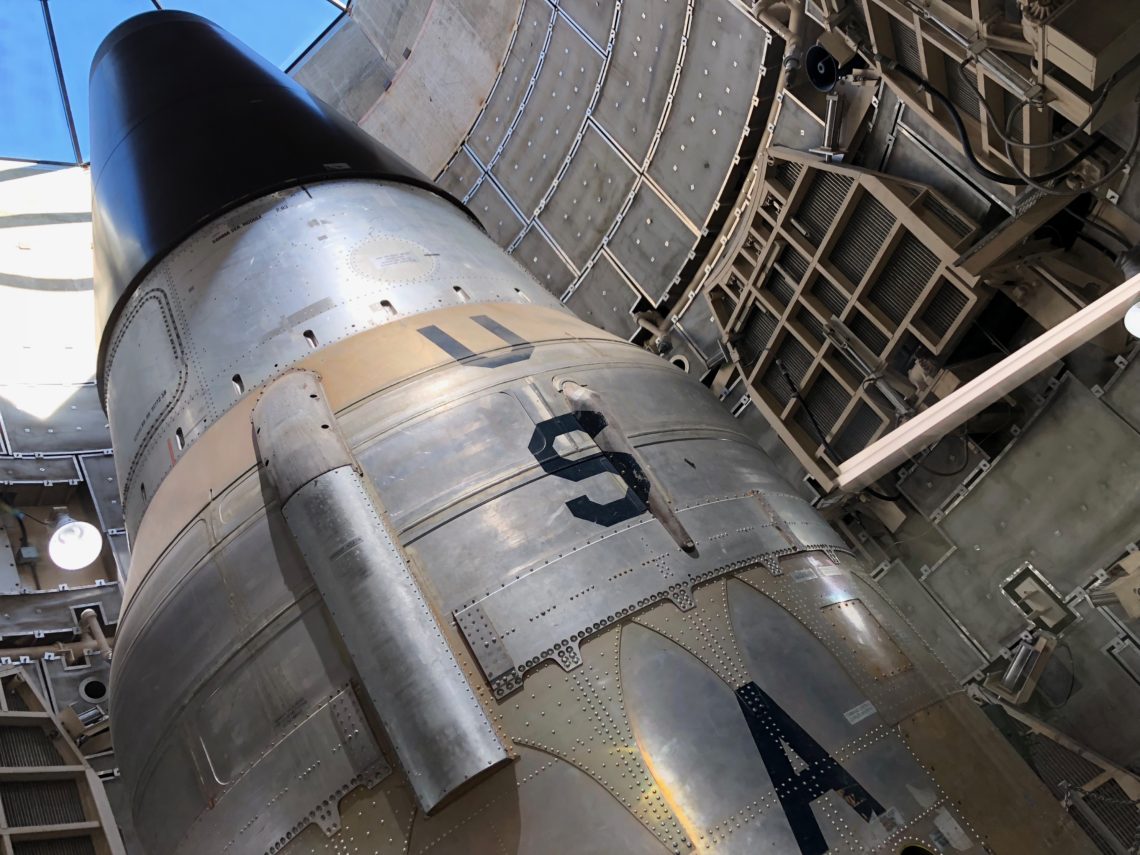
What to do in Tubac and Southern Arizona
Have you heard of Tubac, Arizona? I’ve lived in Arizona for many years and only recently learned about Tubac. Tubac is a real hidden gem of a town located in Southern Arizona. Tubac sits at an elevation of 3,200 feet which results in pleasant temperatures that are cooler than Phoenix during the hot summer months. Now that I’ve discovered how great it is, I hope to return regularly. There are varied activities for many interests in Tubac and the surrounding areas.
When visiting Tubac we stayed at the Tubac Golf Resort and Spa. You can read all about our stay here and here.
Art Lover
Many fine art galleries and shops line the historic streets of Tubac. One-of-a-kind paintings and sculptures, as well as decorative and functional items, are showcased in the galleries. Several high-end galleries with talented artists are located here. The town frequently hosts art festivals and exhibitions.

Shopper
Small shops selling Mexican imports are abundant in Tubac. Blown glass, colorful pottery, decorative punched metal, and religious items are displayed both inside and outside of the shops along the streets in Tubac. Also, finely crafted mesquite wood furniture is sold in many locations. Turquoise jewelry and other unique jewelry items feature prominently in the stores and galleries. Looking for a unique gift? You’ll find something here.

History Buff
The Tubac Presidio State Historic Park gives an exciting glimpse into life in the late 1700’s and early 1800’s. Tubac’s 1885 schoolhouse is the second oldest standing school building in Arizona. (The oldest is in Strawberry, Arizona) The school is made of adobe bricks plastered over with stucco. The school served the children of Tubac for 80 years and is listed on the National Register of Historic Places. Up to 50 children in all different grades shared this one classroom.

The classroom was and still is, heated by a wood-burning cast iron stove.
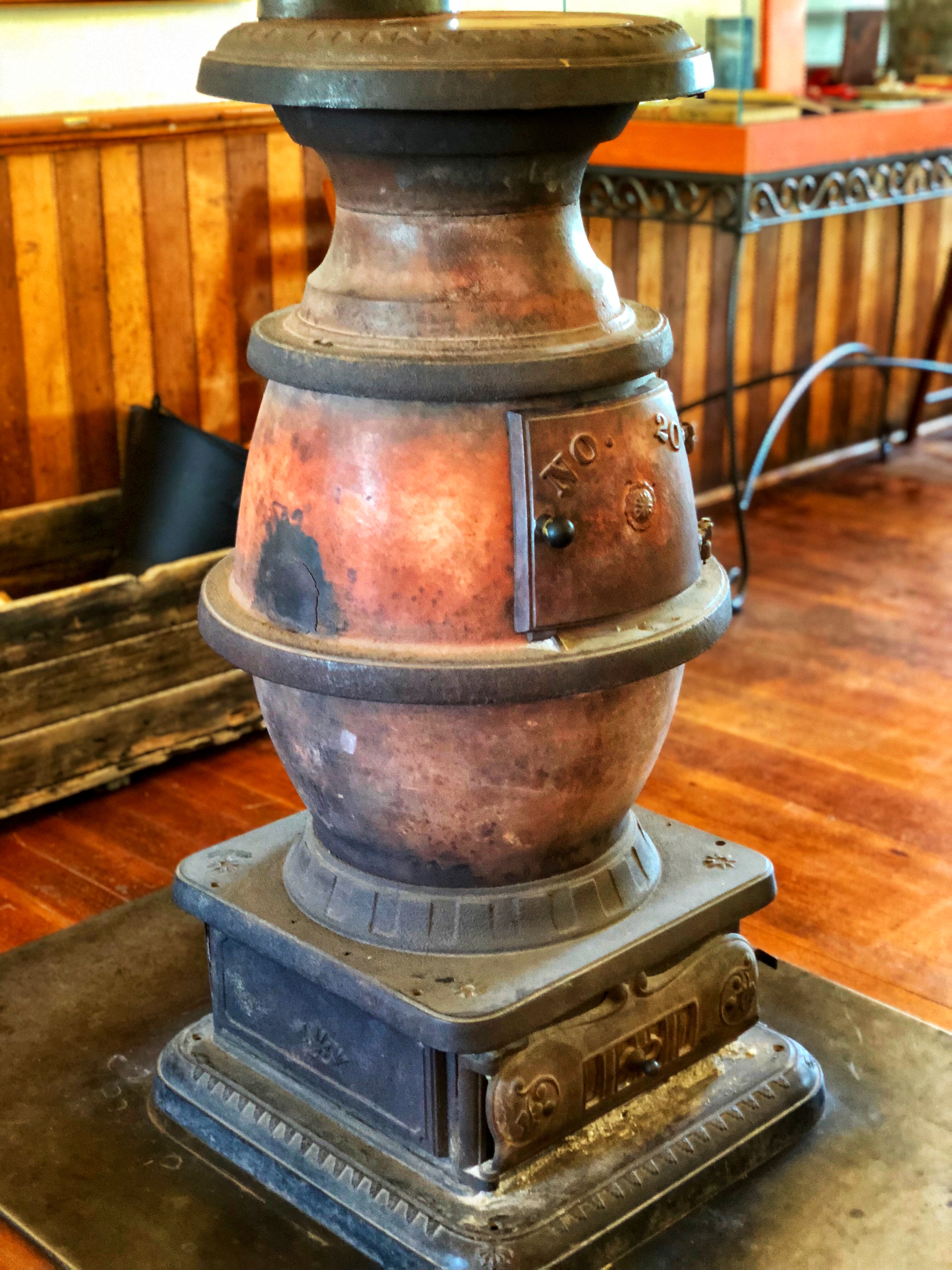
Southern Arizona is also home to two Spanish Missions. Read about planning a visit to the Spanish Missions in Arizona.
Regional Cuisine
A recommendation from a friend led us to lunch at Elvira’s Restaurant. Tubac, Arizona is now the home of a favorite restaurant from Nogales, Mexico. Located on the frontage road alongside I-19 in Tubac, the outside of the restaurant is unremarkable. I was stunned by the decor when we walked in. The entire ceiling of the restaurant is covered with over 2,000 blown-glass teardrops interspersed with lights that play off the glass globes.
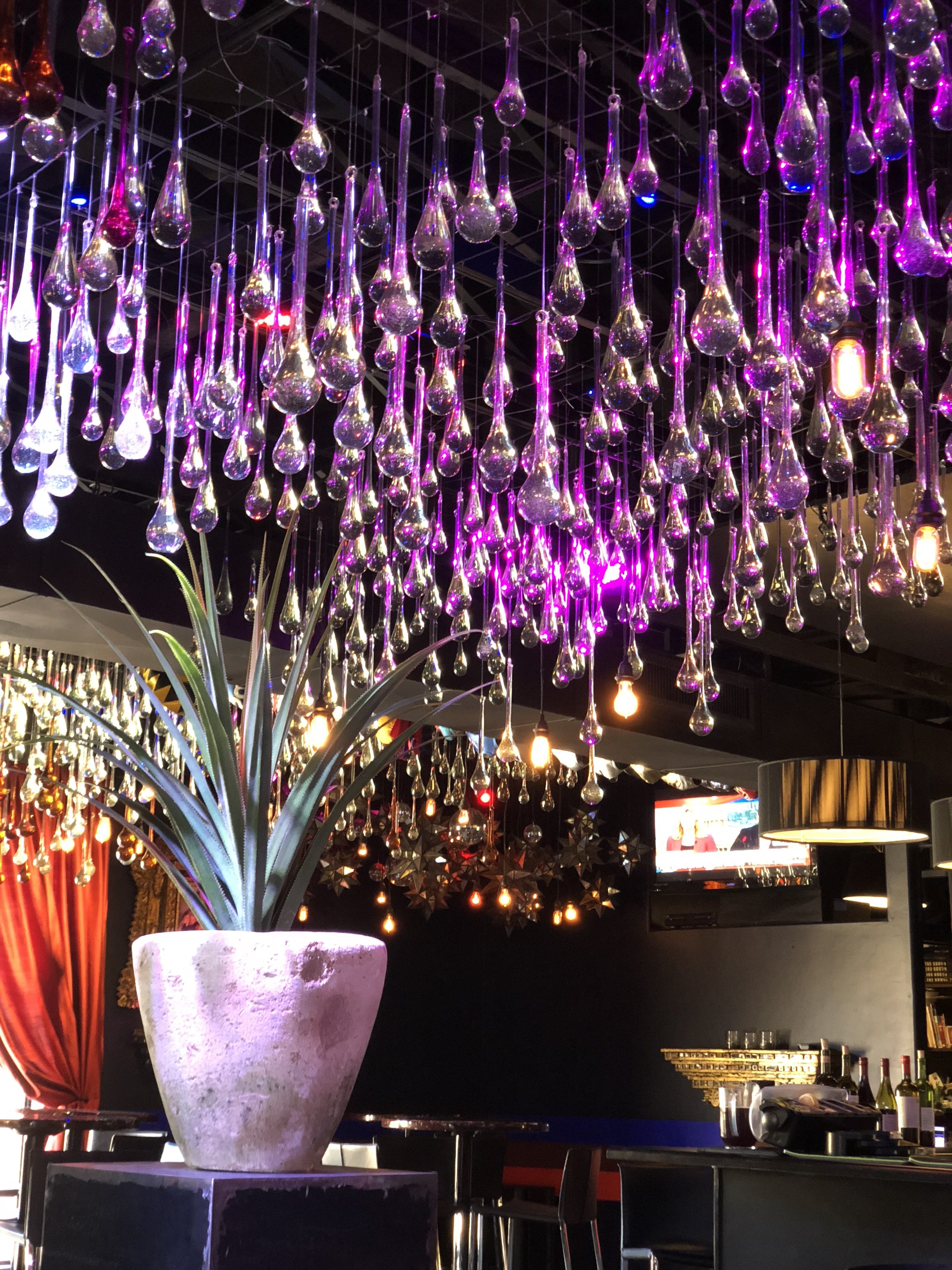
The food is Guadalajara-style Mexican food which is a bit different than what we’re used to for Mexican food here in Arizona. You’ll not find chimichangas and enchiladas on the menu. Instead, the mole is a featured item on their menu with four main varieties offered. The fresh guacamole is served topped with bright pink pomegranate seeds and pepitas.
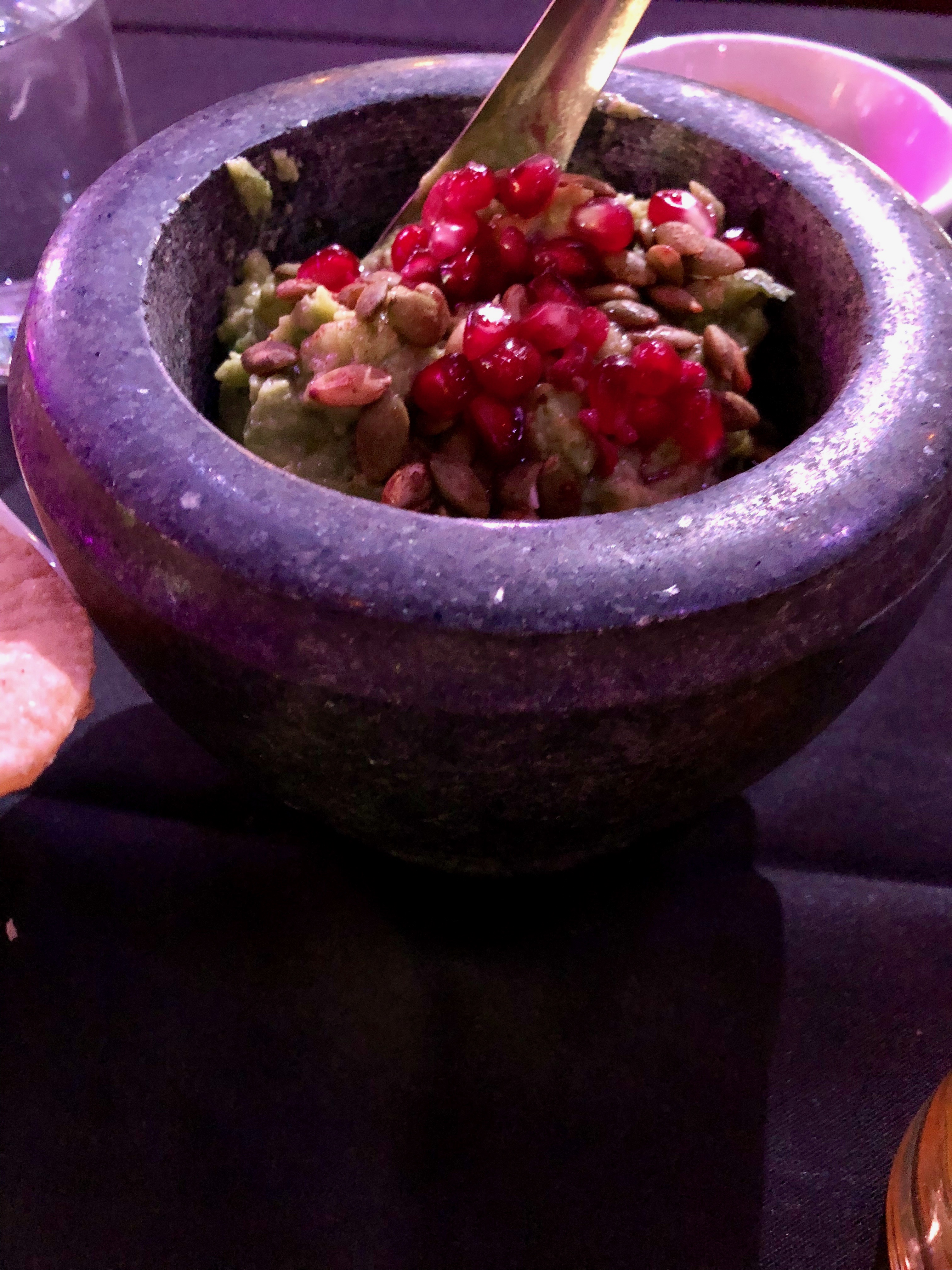
The flavorful salsa is accompanied by full, crisp corn tortillas for chips.

Continuing a tradition of their Mexico location they offer tequila shots with a lunch entree. In Mexico the tequila shot is complimentary, but US laws prohibit free alcohol, so there’s a .50 charge to maintain compliance with the law. This keeps the spirit of the ¡hola! tequila shot to start the meal. We chose two moles for our meals, Mole Negro and Mole Poblano. The Mole Negro contains 34 ingredients to achieve the traditional taste. Both were flavorful and delicious.
We finished the meal with a house-made flan served with caramel sauce.

Cold War Relic
A little north of Tubac, in Sahuarita, Arizona you can visit the Titan Missile Museum. Officially named the Titan II ICBM Site 571-7. This site was operated by the United States Air Force until the site came off alert in 1982. The location is now a museum open to the public and administered by the Arizona Aerospace Foundation. The site is a National Historic Landmark.
From the Museum website: “The Titan II missile was capable of launching from its underground silo in 58 seconds and could deliver a nine megaton thermonuclear warhead to its target more than 6,000 miles away in less than thirty minutes. For more than two decades, 54 Titan II missile complexes across the United States stood “on alert” 24 hours a day, seven days a week, heightening the threat of nuclear war or preventing Armageddon, depending upon your point of view.”
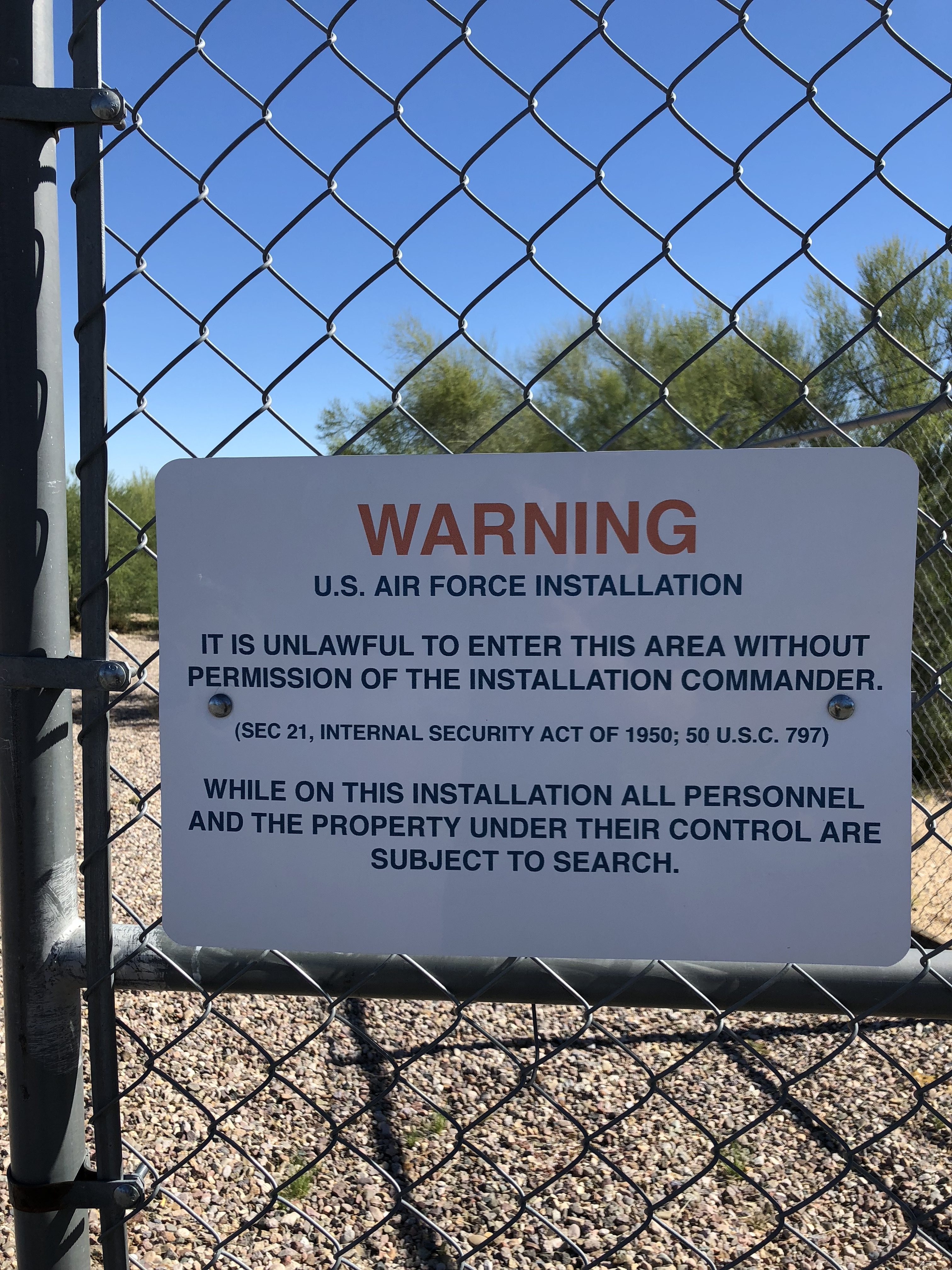
The missile was decommissioned in 1982. This museum is now the only remaining Titan II missile site open to the public. Our 1-hour tour was led by a former launch commander. He explained to us that each site consisted of a missile silo, a launch control facility and an access portal. The locations were staffed 24 hours per day, 365 days per year, by 4-person missile combat crews who deployed to the missile sites for 24-hour shifts, called alerts.
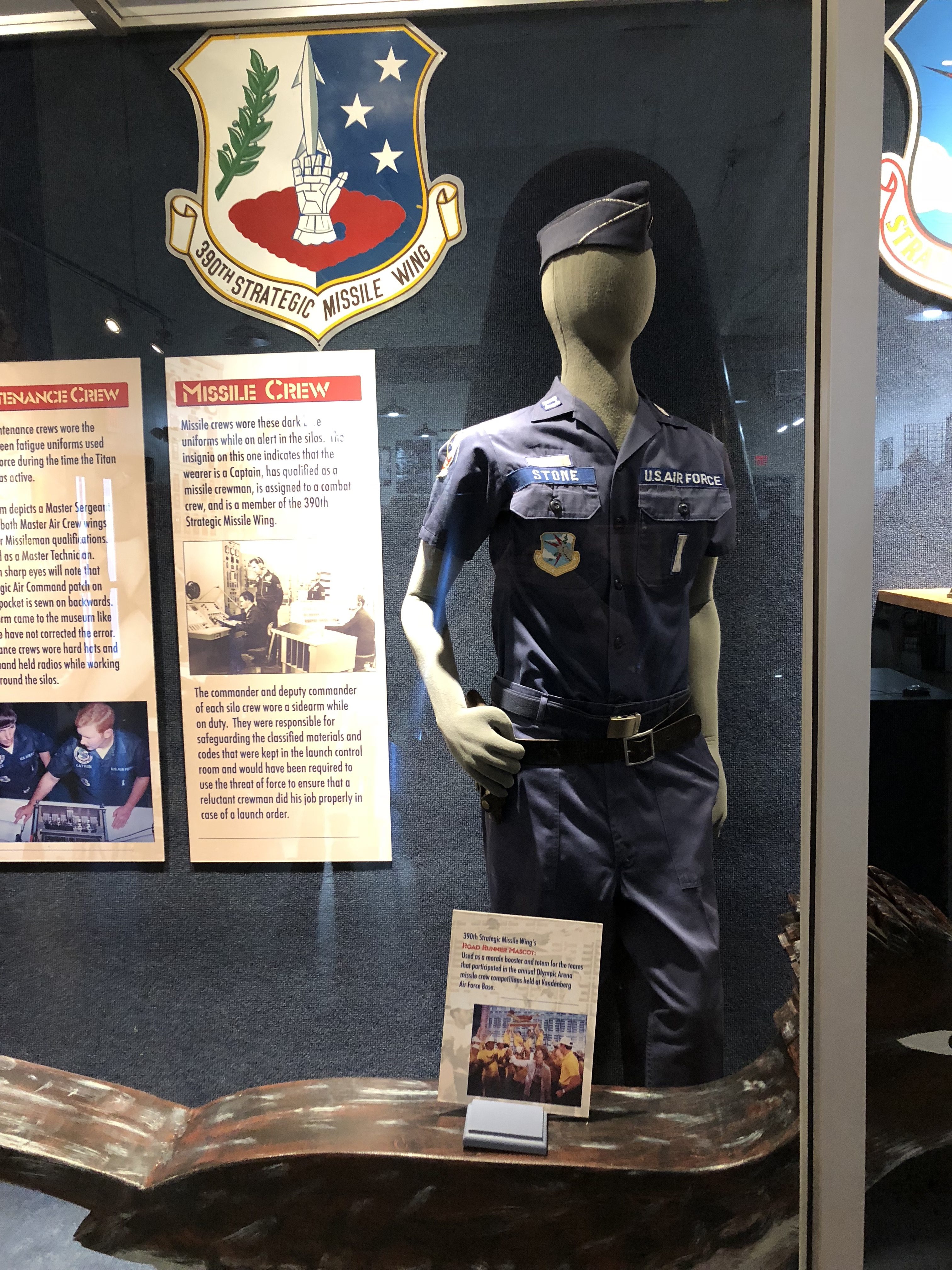
Museum
Upon entering the museum, you’ll find a well-stocked gift shop along with exhibits explaining the Titan II missile program and displays of various artifacts from the cold war era.

Tour
Daily, one-hour guided tours are offered every day of the year except Christmas and Thanksgiving. The tours are on a first-come-first-served basis. The hours vary depending on the time of year.
Our tour started above ground with a short movie. We then walked to the entrance to the underground area and climbed down 55 steps in the access portal to a point 35-feet underground.
As seen in this artist rendering, the center structure is the Access Portal which is the primary entry point for the underground complex. We entered this underground chamber and began the underground tour.
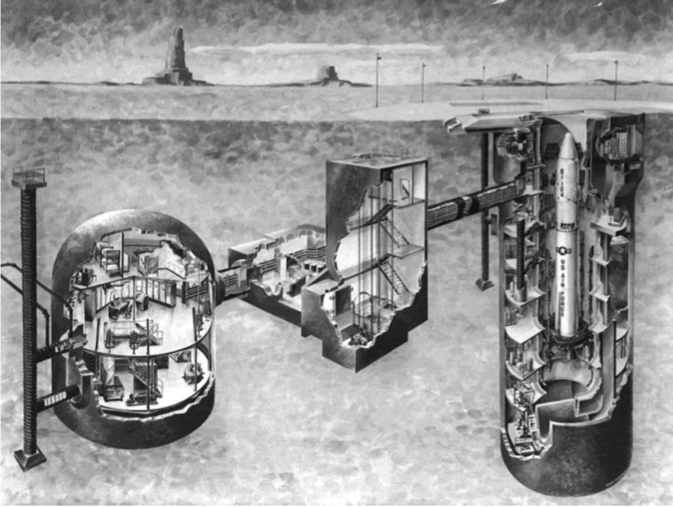
From there we were shown the 6,000-pound blast doors (I got to move the door!), and we entered the blast lock area of the complex.
We made our way to the control center area where we participated in a mock launch of the missile. Note the large spring in the photo below, the control center area is suspended and floating to protect all the computer equipment.

Next, we traveled through the long, underground cableway back to the missile silo.

At the silo, there are now viewing windows cut into the thick walls of the silo. This gave us the ability to see the deactivated Titan II missile in its launch silo.
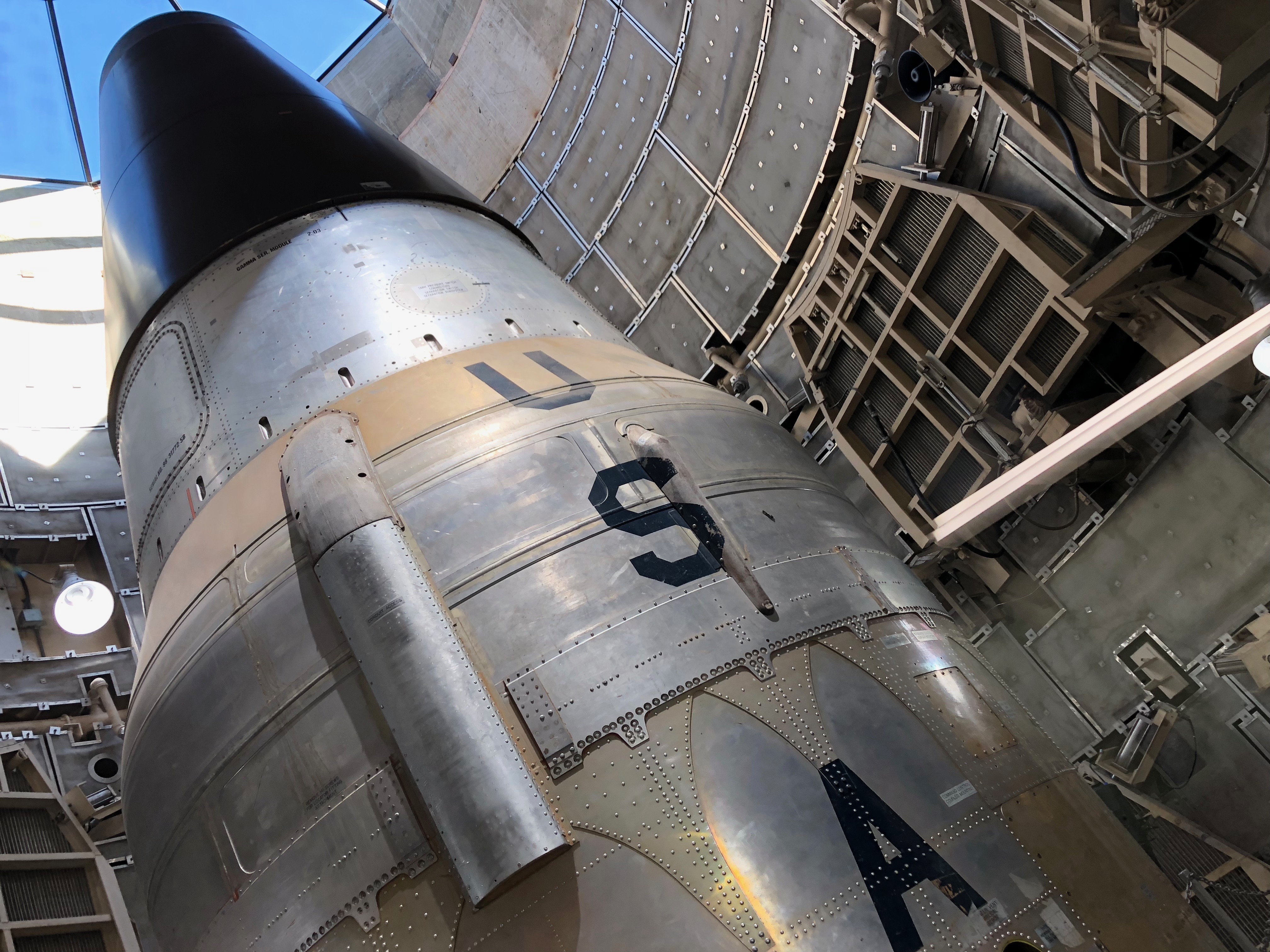
After the tour was complete, we rode the elevator up to the surface. Usually, the tour guests climb up the stairs but the elevator needed to be taken up top, so we got to ride instead of climb the stairs.
After an hour underground it felt good to get outside. I can only imagine how it would’ve felt to re-emerge after a 24-hour shift underground!
Once above-ground we were able to view the 103-foot tall missile from above the silo through a window placed over the half-open door to the silo.

The tour was fascinating and a chilling reminder of the threat of nuclear war. The museum serves to demonstrate the role of the Titan II missile program in the peaceful conclusion of the Cold War. If you’re interested in learning more, the museum occasionally offers longer, more thorough tours which visit several different areas of the facility. Reservations are required for the longer tours. For more details about the Titan Missile Museum, tours, and directions to the museum visit the Titan Missile Museum website.
Thank you to the Titan II Missile Museum for hosting us on this tour. All opinions are my own.
Have you been to Southern Arizona? What’s your favorite destination or activity there?
Pinnable image for Pinterest sharing:
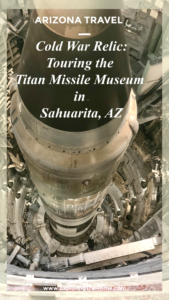





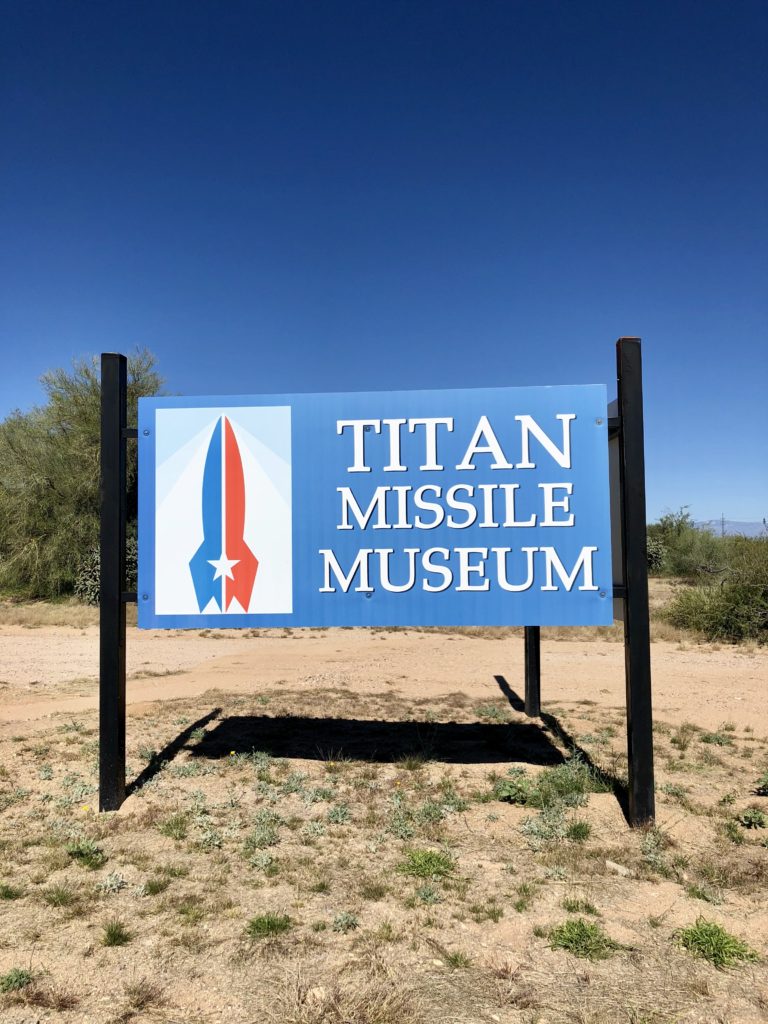

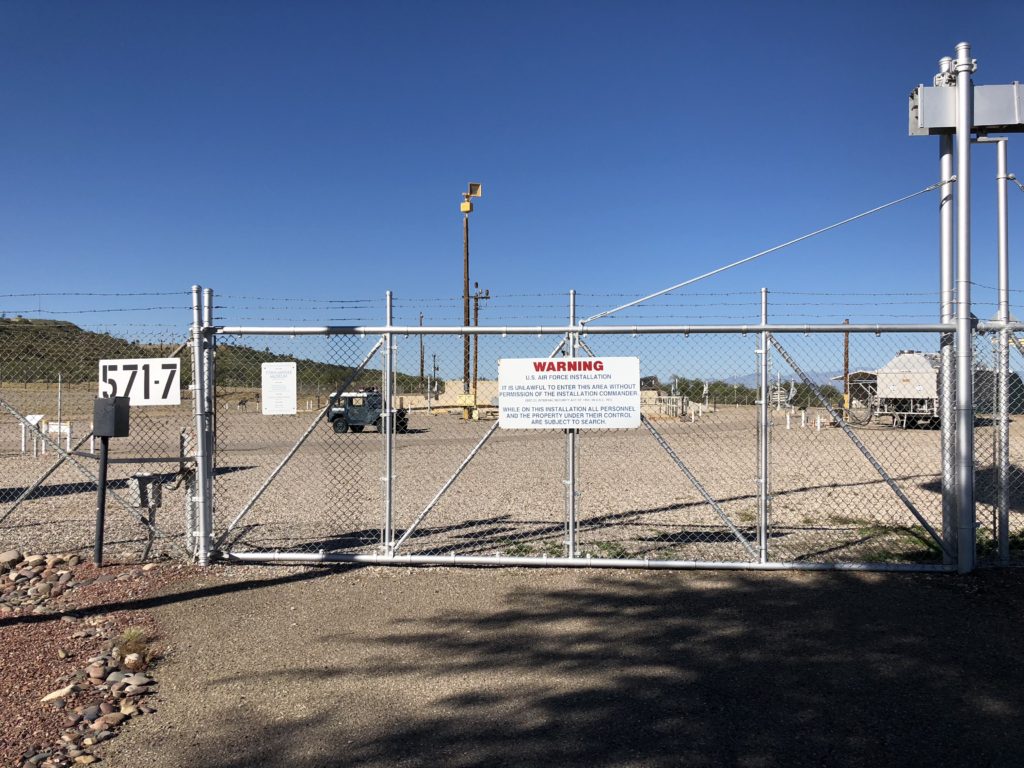
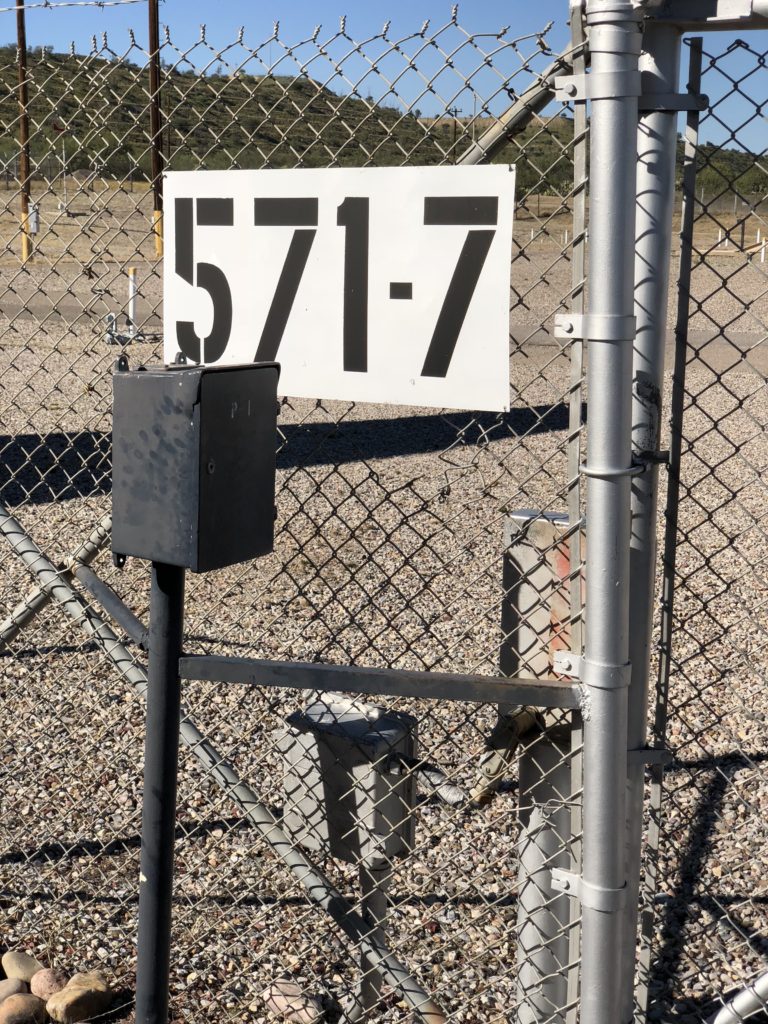
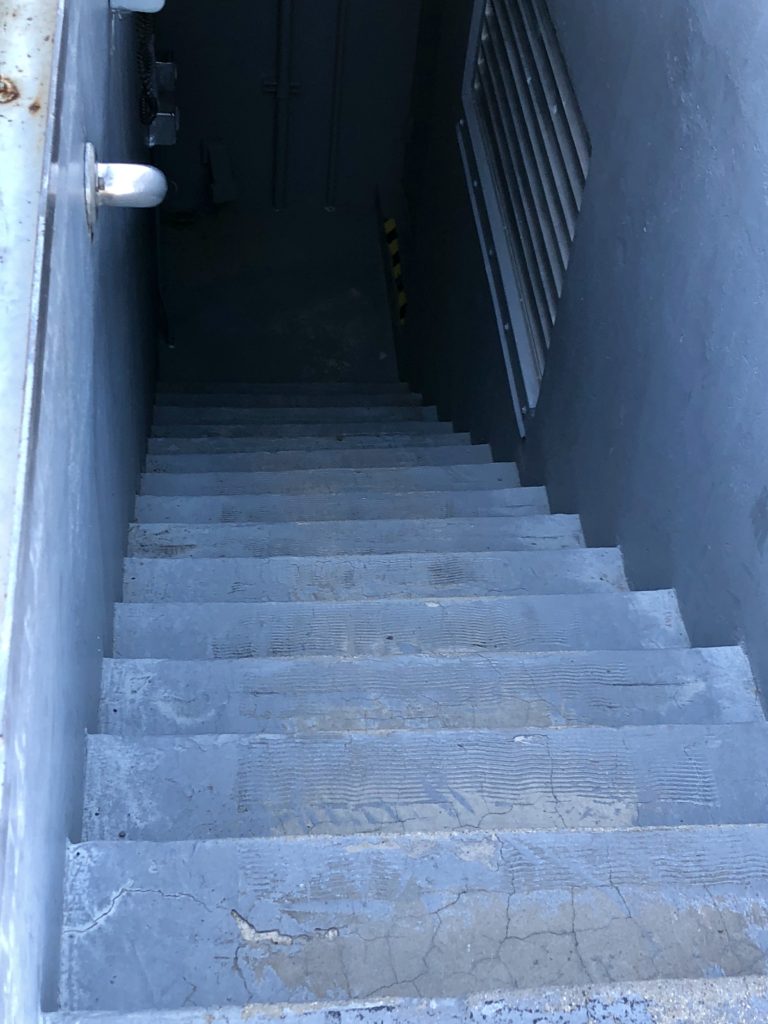
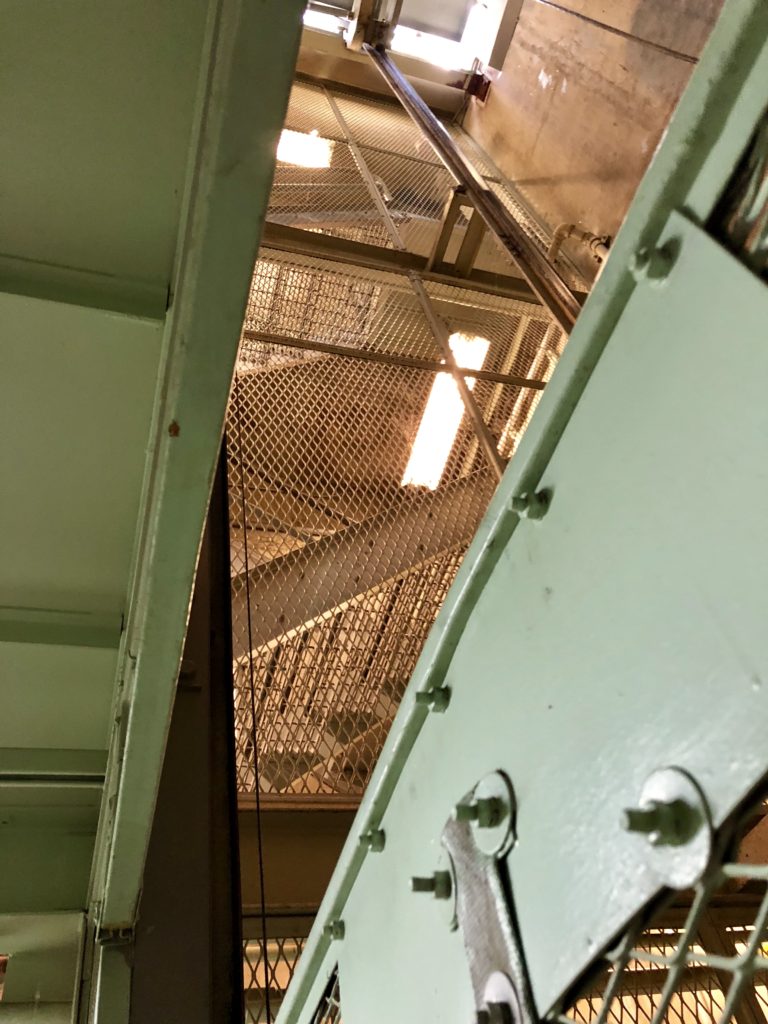
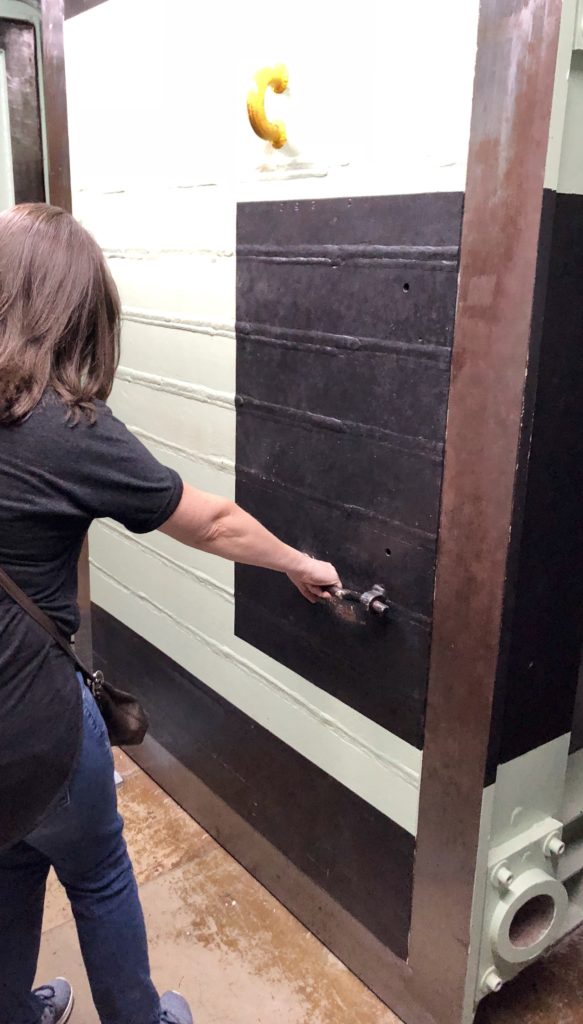
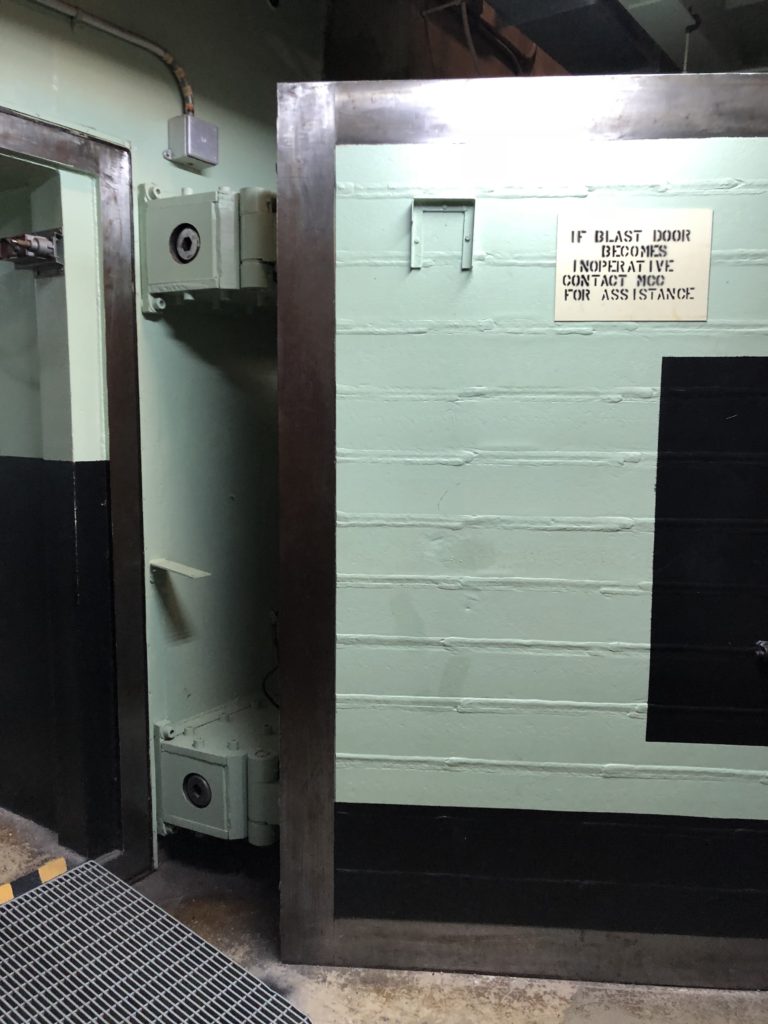
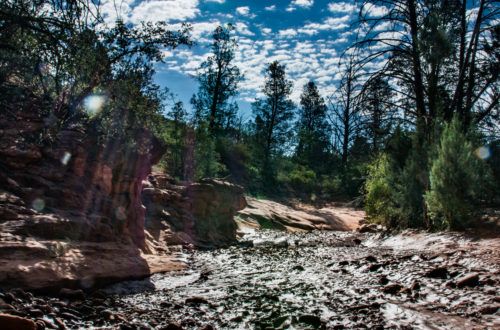
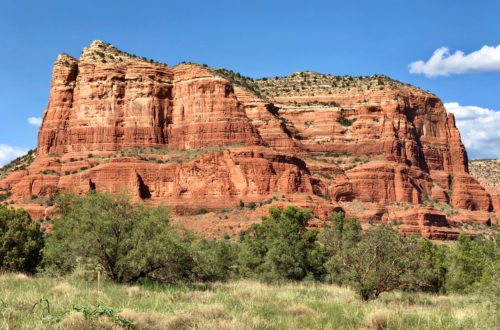
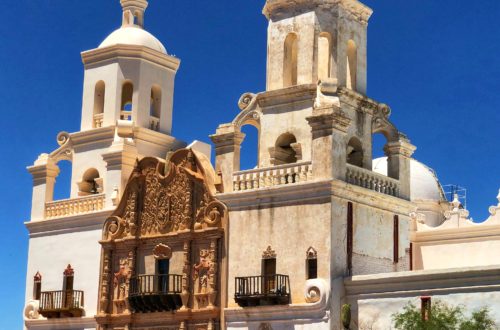
2 Comments
Kathleen McQuaid
Planning to visit soon, just for that mole and a “free” tequila shot! –Kat
Sheila
You will love it. I was amazed at the decor when we walked in but then the authenticity of the food really thrilled us. So many different moles to choose from!